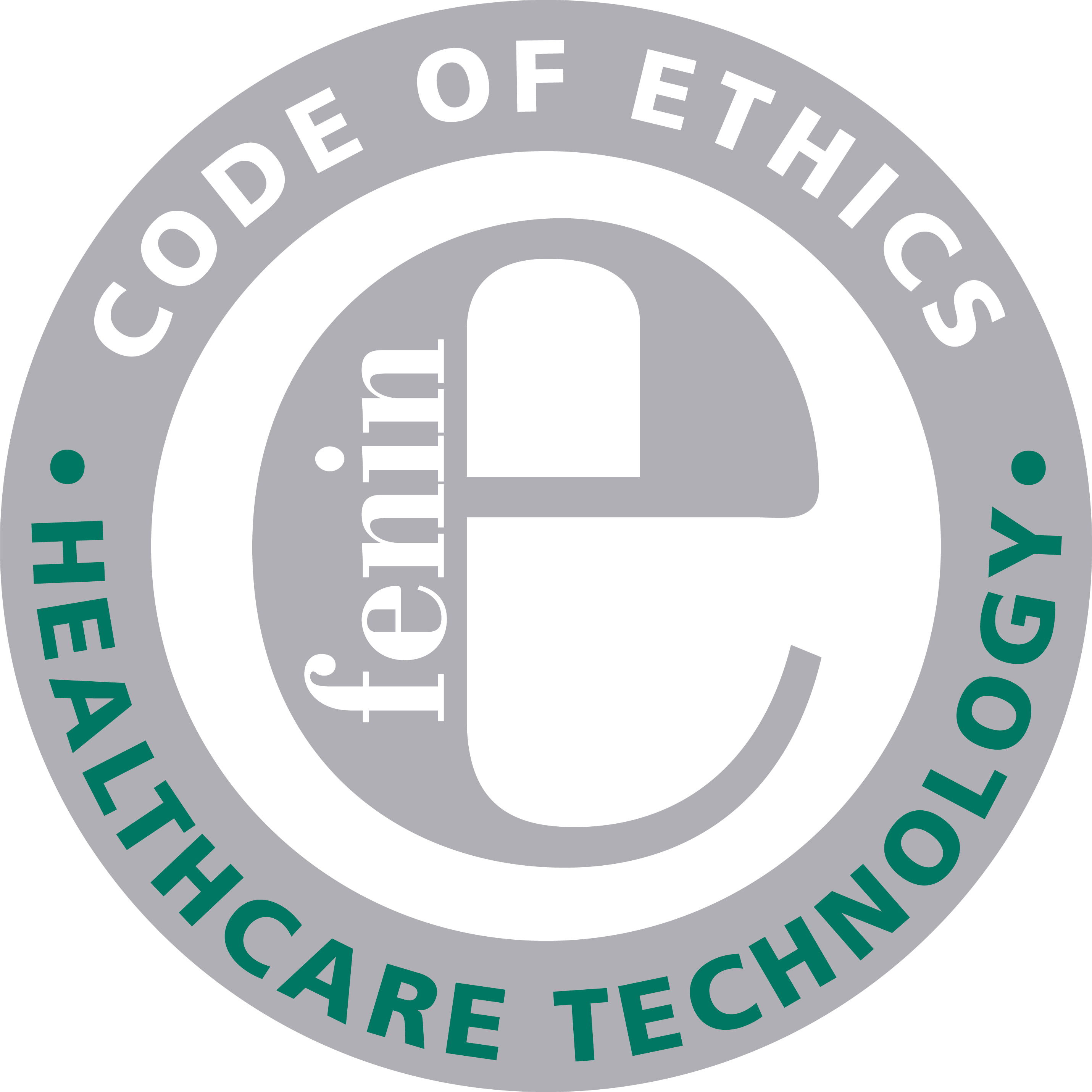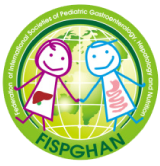Pre-Conference Course
Contact


- Phase 20 Events LTD
-
Cucha Cucha 1055 – Piso 3 Depto A, 1405 Capital Federal
Buenos Aires – Argentina - info@fase20.com
Phase 20 Events LTD, VAT number: 324 1545 30, The Leather Market, Weston St. SE1 3ER, Bermondsey, London info@phase20.co.uk
2025 WCPGHAN © All Rights Reserved




